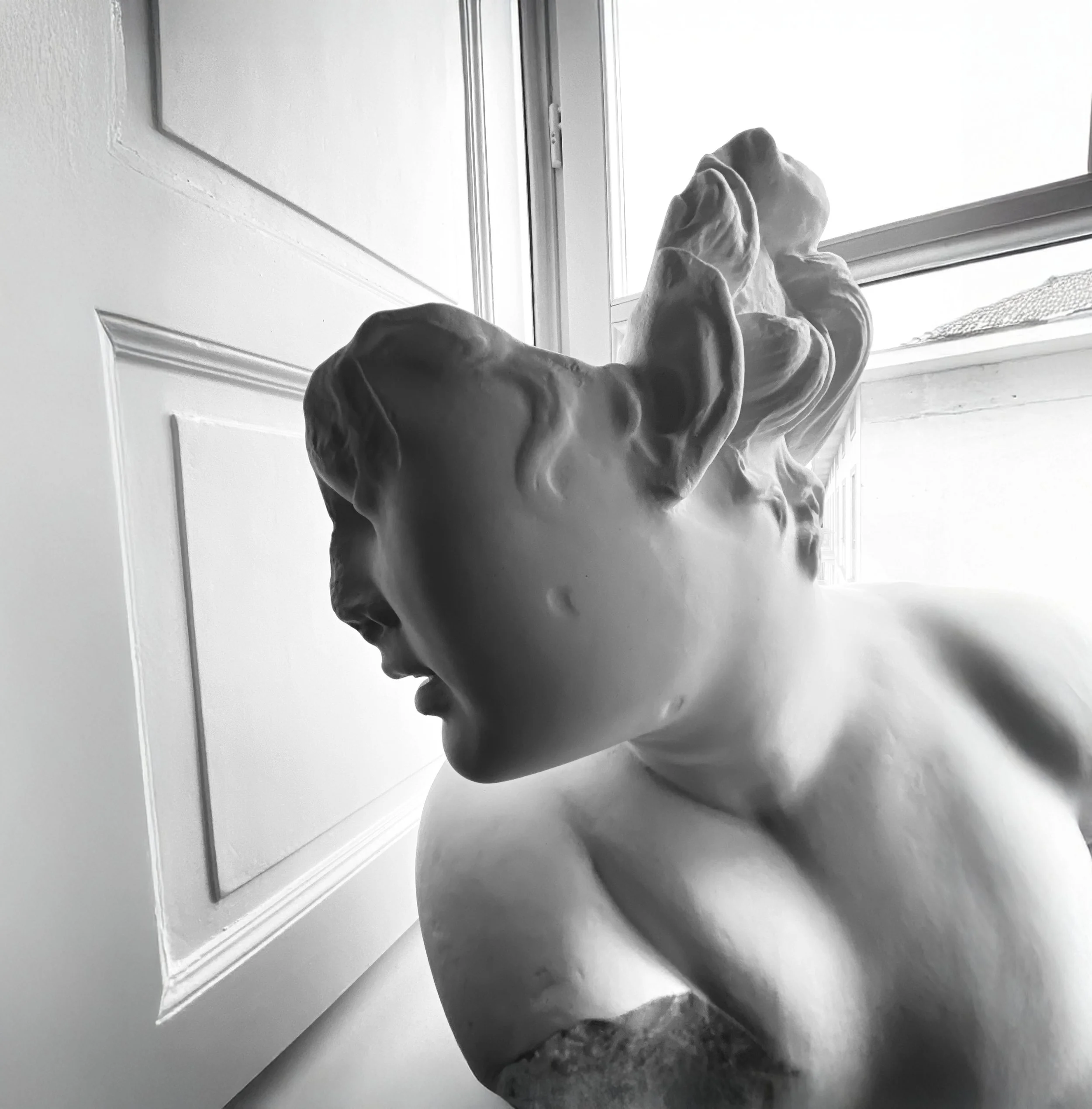
MANIFESTO
In our time of “forcefully aestheticized culture and architectural imagery,” in a time when architecture is seen as a ready-to-use commodity, we feel responsible not just to create spaces that protect and shelter their inhabitants, but respect the fragility of the planet, adapt sensitively to our constantly changing life demands, and transform the experience of the built environment into a spiritual longing.
Creation never neglects the context but is in harmony with it. We are in connection with what we can touch, what we can see, what we can breathe in – with the surroundings, silence and sound, and what stirs our emotions. Just like nature does. How a poem is written. Generating harmony between materiality and empty space, between landscape and human construction, between interior and exterior, between music and silence. Combining simplicity and experimental complexity, formal reduction and emotional depth, contemporaneity and sense of history, universality and specific locality and place. Condensing of memories, associations, and feelings.
In a time of shifting paradigms, when the world is beginning to experience an unprecedented transformation, with our professional knowledge, creativity, and diversity, we want to make a meaningful contribution while investigating and experiencing the new consciousness that is about to emerge.
GERTRUD KINTZEL
She obtained her architectural degree from Germany. As a registered architect with nearly 20 years of work experience, she founded her firm in Paris in 2020. She has collaborated with renowned international architecture firms, such as Massimiliano Fuksas, Frederic Schwartz Architects, Skidmore, Owings, & Merrill, and Chapman Taylor global architects and master planners in Munich, Rome, New York, London, and Paris.
Throughout her years of international experience in various architectural disciplines, she has learned to retain an identity related to the local context, but with a global vision. She has also developed a distinctive approach driven by the conviction that urban planning, architecture, and design represent, above all, crucial means to interrogate and comment on social, economic, and political phenomena. In this formulation, art, both contemporary and historical, serves as an indispensable criterion.
STUDIO
Defying the traditional boundaries of the architectural discipline, the studio's creative output derives from a wide array of scales, fields, and mediums, encompassing buildings and preservation projects, interior design, temporary installations, and limited edition objects. Our professional approach is informed by an unmistakable material sensibility and intuitive feeling for pattern. Hence, our work is overtly architectural while frequently blurring the boundary between architecture and art at the same time.
Our studio functions as a laboratory that can change people’s awareness of perception and that inspires the emergence of new relationships and behavior. A laboratory following a transversal approach, nourished by complex thinking and by open debate, embracing a perspective that is integral, holistic, inclusive, and interdisciplinary. With that, it stands at the crossroads of technology, science, humanities, and spirituality.
